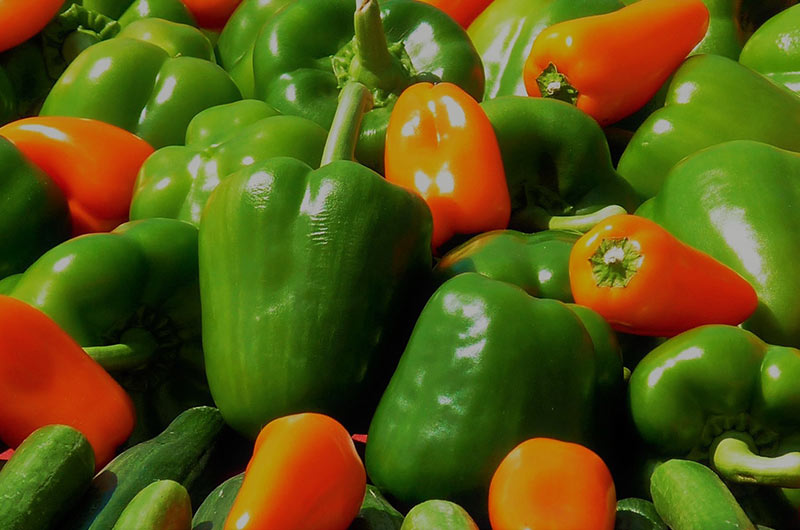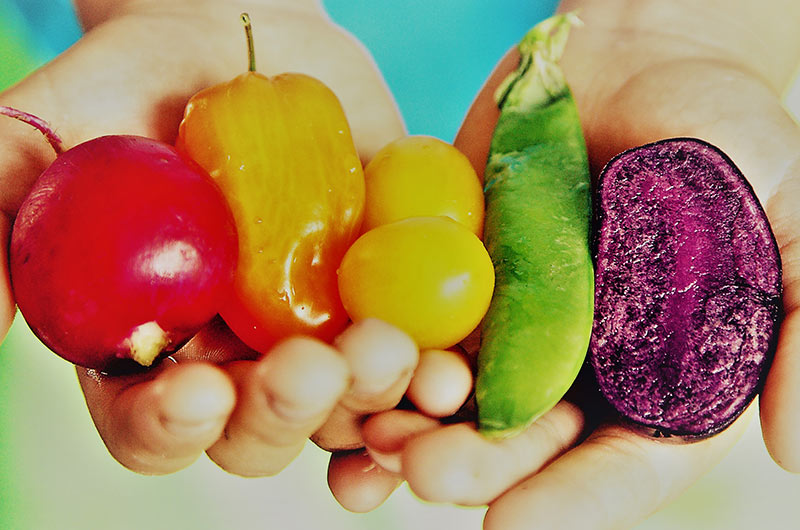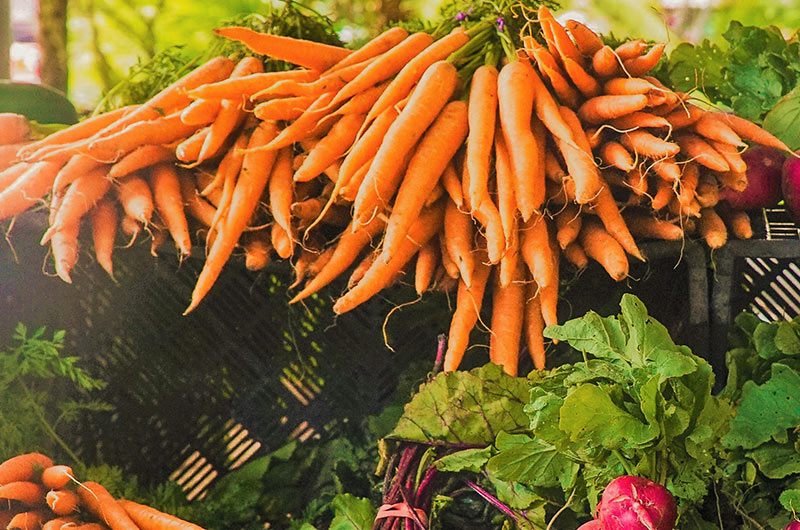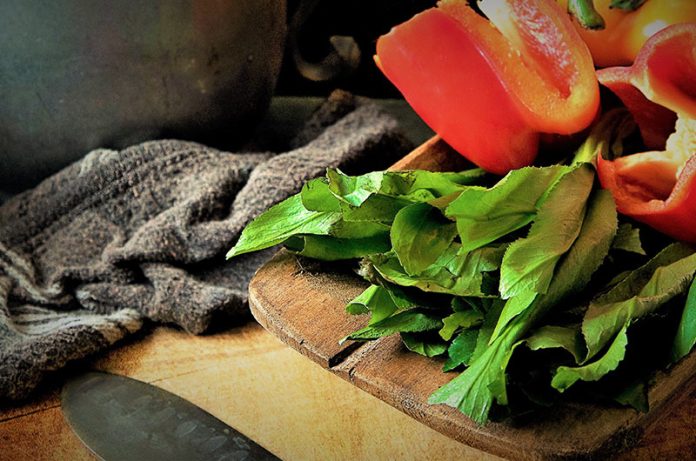Although the popularity of green food seems to rise once per year or so, you should definitely make it a point to include green fruits and vegetables in your diet on a more consistent basis.
Does it matter what color it is?
Because the pigments that give plants their distinctive colors are called phytonutrients, often known as plant nutrients, these organic compounds not only shield plants from the negative effects of free radicals but also benefit human health.

There are many distinct families of phytonutrients, and each hue on the spectrum-white/pale, red, orange/yellow, blue/purple, and green-represents a different one.
Benefits of veggies
Fruits and vegetables that are green in color are excellent sources of fiber, potassium and the vitamins A, C, E, and K. They are beneficial to the health of the arteries as well as the cells, lungs, and eyes.
An explanation of some of them:
It is believed that eating spinach helps prevent one against a variety of ailments, including cardiovascular disease and macular degeneration.
Peppers and dark leafy greens are both excellent sources of the antioxidant beta-carotene.
Consuming greens like collard greens, kale, spinach, and other dark leafy vegetables is beneficial to your eye health.
Fruits that are green in hue, such honeydew melon, kiwifruit, and limes, are excellent choices for those looking to get their vitamin C fix.
Alternatives to green foods
Even though lettuce is probably the first thing that springs to mind when you think about green vegetables, there are really a lot of other alternatives available to you.

Think of avocados, apples, grapes, limes, peas, arugula, asparagus, beans, brussels sprouts, broccoli, celery, leeks, green onions, peppers, spinach, watercress, okra, cabbage, and collard greens. All of these foods are rich in healthy fats and provide a variety of health benefits.
Additionally, fresh green herbs such as mint, chives, rosemary, thyme, basil, and sage should not be overlooked.
Adding greens to your diet
If you’re searching for methods to include more greens into your diet, salads are a great option to consider, but don’t assume that your only option is iceberg lettuce.
The addition of freshly chopped herbs to a salad of mixed greens like arugula, spinach, and watercress creates a tasty mixture that goes well with a variety of dishes.

Other ideas for making use of all those delicious green treats:
It is simple to conceal the presence of spinach and other greens in many dishes by using chopped versions of these ingredients.
Honeydew melons and kiwis are delicious complements to a variety of breakfast foods, including yogurt, porridge, French toast, and pancakes.
The avocado may be used as a fast salad dressing, a dip, or a stylish topping for toast.
When cooked on a grill, vegetables like asparagus, cabbage, and even lettuce take on a savory flavor.
It is possible to personalize omelets, scrambles, and frittatas by adding the green herbs and vegetables of your choice.
When they are kept cleaned and ready to eat, celery, sugar snap peas, and other types of green vegetables make for excellent snacking alternatives that may be eaten out of hand.
The best method for preparing veggies
If you want to get the most nutrients out of your greens, it’s ideal to steam them or eat them raw instead of boiling or frying them, particularly while they’re in season. This will help you get the most out of the greens.
Your food may lose part of its nutritional value if you prepare it using certain cooking techniques, such as stir frying, boiling, or any of the other ways.







